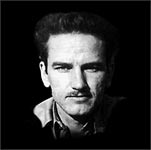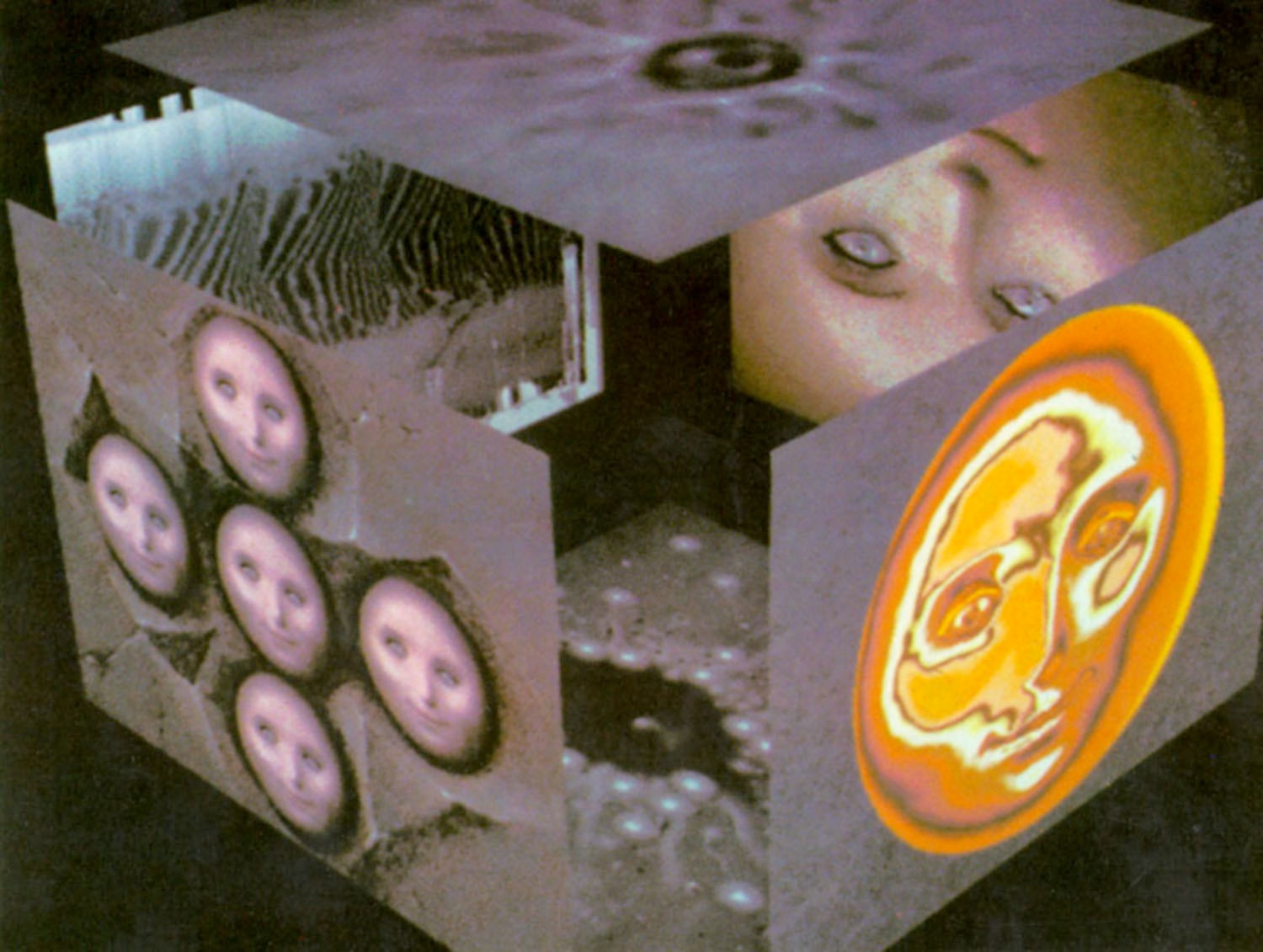Chapter 9: Computer Artists
9.8 Ed Emshwiller

The following is from a tribute to Ed Emshwiller from the CalArts web site:
“Ed Emshwiller, the highly regarded video artist and dean of the School of Film/Video at the California Institute of the Arts, passed away July 27, 1990 from cancer at the age of 65.

Emshwiller was an influential figure in the experimental film movement that helped expand the horizons of American filmmaking in the 1960’s and his work was frequently shown in museums and festivals.He studied art at the University of Michigan, the Ecole Nationale Superieure des Beaux-Arts in Paris and the Art Students’ League. He was an abstract expressionist painter and award-winning science-fiction illustrator before turning his attention to film and video. Many of his experimental films, including Relativity, Totem, Three Dancers and Thanatopsis have received awards and screenings at film festivals in New York, London, Berlin, Edinburgh, Cannes and a number of other cities. He produced or collaborated on a number of multimedia productions at Lincoln Center, Museum of Modern Art, Guggenheim Museum, The Los Angeles Film Festival, among others. In early 1979, he produced the ground-breaking three-minute 3-D computer work entitled Sunstone, made at the New York Institute of Technology with the help of Alvy Ray Smith as software programmer.
The same year, Emshwiller became dean of CalArts’ film/video school. In addition to his duties as dean, he served as provost from 1981 through 1986. Robert J. Fitzpatrick, who was president of CalArts at the time of Emshwiller’s appointments, said then, “Ed has demonstrated extraordinary gifts as an artist throughout his career… To his own surprise and our great benefit, he has shown a special talent for administration and leadership as dean of the School of Film/Video. He is the only person I know who could successfully combine triple careers of artist, dean and provost.”
Emshwiller was always looking for ways to push film and video’s boundaries. This year, in fact, he was working with composer Morton Subotnick in, as Emshwiller described it, “interactive and three-dimensional performance with sound/image generation and various controlling devices.”
With Subotnick, Emshwiller created Hungers, an electronic video opera, for the 1987 Los Angeles Arts Festival. Hungers used live performance and interactive devices that changed the sound of the music according to the environment. No two performances were ever the same. In a similar fashion, their new work was going to play with video so that the images would change from performance to performance.
To Emshwiller, the innovative technique allowing for change was a way to ‘get film out of its can’. “The chaos theory, a slight deviation from a plan, will take you into a whole new realm of possibilities, and that’s one of the things, I think, exciting, not only philosophically, but also in terms of practice for devising performance.”
He received grants from the NEA, the Rockefeller, Ford and Guggenheim Foundations and the Corporation for Public Broadcasting. Emshwiller was a great influence in experimental film and video not only as an artist but also as an administrator. He was a member of the board of trustees of the American Film Institute, board of directors of the Filmmakers Cooperative, board of directors of the Association of Independent Video and Filmmakers, board of directors of the Independent Television Service, media panels of the NEA and the New York State Council for the Arts.
According to Ed’s wishes, his heirs donated to CalArts all his film equipment – valued at around $100,000 – and his complete archives. The latter, which occupies nearly two hundred feet of shelf space in CalArts’ special archival room, includes all his original films, outtakes, slides and notes on past and planned projects.”

